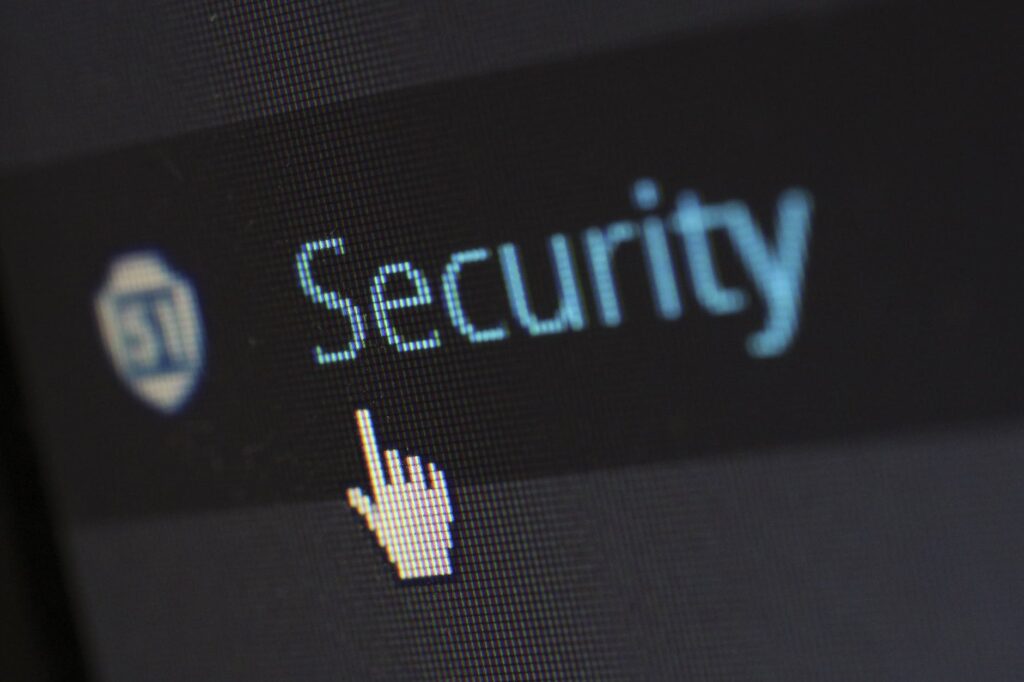Cybersecurity is a critical issue in the modern world, as virtually all aspects of our lives are now connected to the internet in some way. From personal banking and social media to business operations and government systems, cyber attacks can have significant and far-reaching consequences. As such, it’s essential to understand what cybersecurity is, why it matters, and what steps you can take to protect yourself and your organization.
What is Cyber security?
Cybersecurity refers to the practice of protecting digital systems, networks, and devices from malicious attacks, theft, and damage. It encompasses a wide range of technologies, processes, and practices designed to safeguard computers, mobile devices, servers, and other connected systems from unauthorized access, data breaches, and other cyber threats.
Why Does Cyber security Matter?
The importance of cybersecurity cannot be overstated, as cyber attacks can have serious consequences for individuals, businesses, and governments alike. For individuals, a cyber attack can result in identity theft, financial fraud, and other types of personal data theft. Businesses may suffer from loss of customer trust, reputation damage, and significant financial losses due to ransomware attacks or other forms of cyber extortion. Government agencies may also face significant damage to their reputation, loss of sensitive data, and even threats to national security if cyber attackers are able to penetrate their systems.
Why Does Cyber security Matter?
There are many different types of cyber threats, ranging from phishing and malware attacks to ransomware, denial-of-service attacks, and more. Some of the most common cybersecurity threats include:
- Phishing – Phishing is a type of social engineering attack where cyber criminals attempt to trick users into divulging sensitive information such as passwords or credit card numbers by posing as a trustworthy source.
- Malware – Malware is malicious software designed to infiltrate, damage, or disable computer systems. Malware can come in many forms, including viruses, worms, and Trojan horses.
- Ransomware – Ransomware is a type of malware that encrypts a victim’s data and demands a ransom payment in exchange for the decryption key.
- Denial-of-Service Attacks – Denial-of-service attacks are designed to overwhelm a website or network with traffic, rendering it unusable for legitimate users.
- Password Attacks – Password attacks involve attempting to guess or steal a user’s password in order to gain access to their accounts or data.
How Can You Protect Yourself from Cyber Threats?
There are many steps you can take to protect yourself from cyber threats, including:
- Use Strong Passwords – Use strong, unique passwords for all your accounts and avoid using the same password across multiple accounts. Consider using a password manager to generate and store your passwords securely.
- Keep Your Software Up-to-Date – Keep your operating system, web browser, and other software up-to-date to ensure that you have the latest security patches and updates.
- Use Two-Factor Authentication – Two-factor authentication adds an extra layer of security to your accounts by requiring a second form of verification in addition to your password.
- Be Cautious of Suspicious Emails – Be wary of unsolicited emails, especially those that ask you to click on a link or provide sensitive information.
- Use Antivirus Software – Antivirus software can help protect your computer from malware and other cyber threats by scanning your system for potential infections.
- Backup Your Data – Back up your important data regularly to ensure that you can recover it in the event of a cyber attack or other data loss event.
- Be Vigilant – Stay informed about the latest cybersecurity threats and be vigilant for any signs of unusual activity on your accounts or devices.
Conclusion
Cyber security is a critical issue that affects us all, and it’s essential that we take steps to protect ourselves and our organizations from
cyber attacks. While there is no single solution that can guarantee complete protection against cyber threats, following best practices like using strong passwords, keeping software up-to-date, and being cautious of suspicious emails can go a long way in reducing your risk.
In addition, it’s important to remain vigilant and stay informed about the latest cybersecurity threats. Cyber attacks are constantly evolving, and staying up-to-date with the latest news and trends can help you stay one step ahead of the attackers.
Finally, organizations must take cybersecurity seriously and invest in robust security measures to protect their assets and data. This includes regular security audits, employee training, and the use of advanced security technologies like firewalls, intrusion detection systems, and encryption.
In conclusion, cybersecurity is an essential aspect of modern life, and it’s everyone’s responsibility to take steps to protect themselves and their organizations from cyber attacks. By following best practices, remaining vigilant, and investing in robust security measures, we can all help to ensure a safer and more secure digital future.

